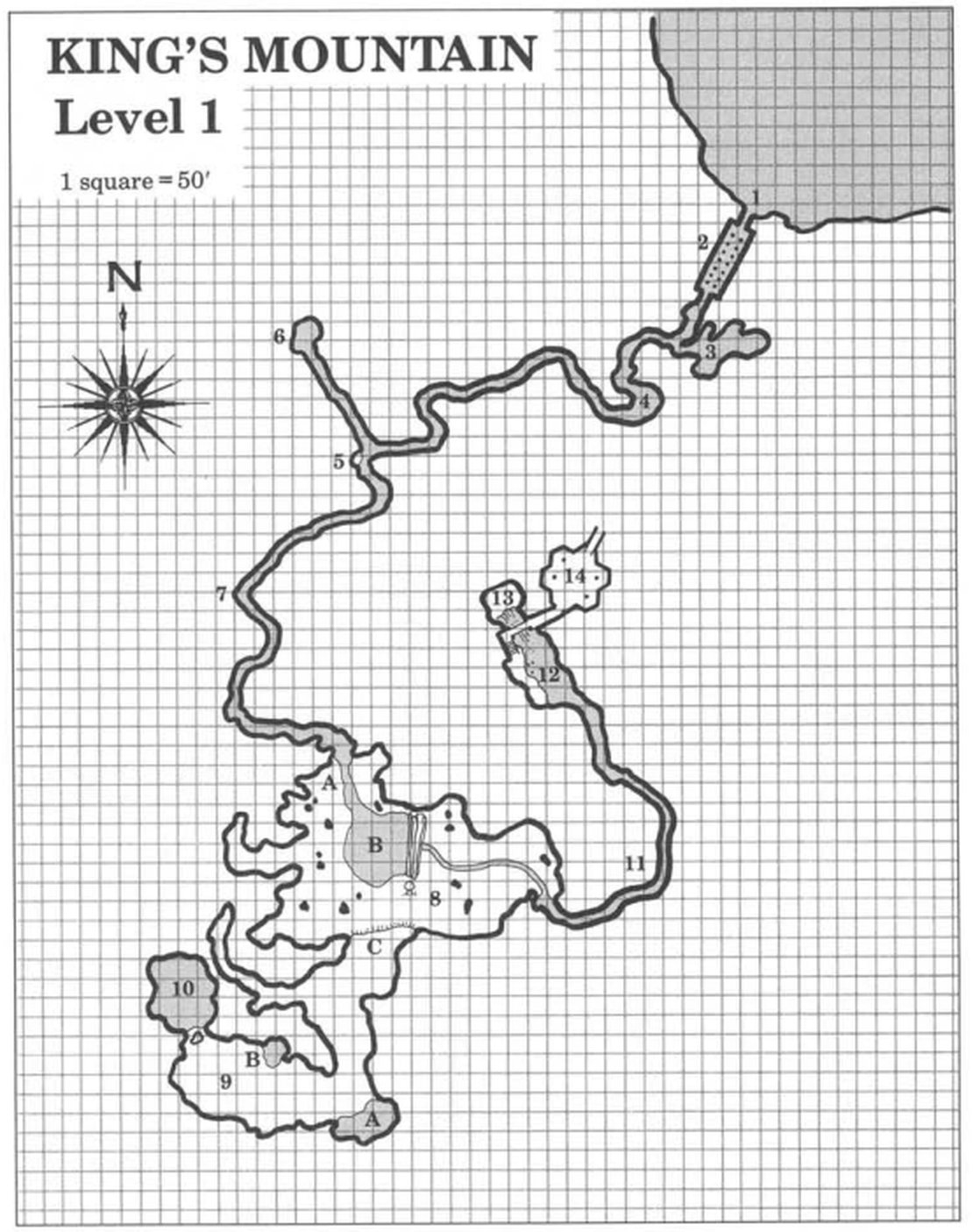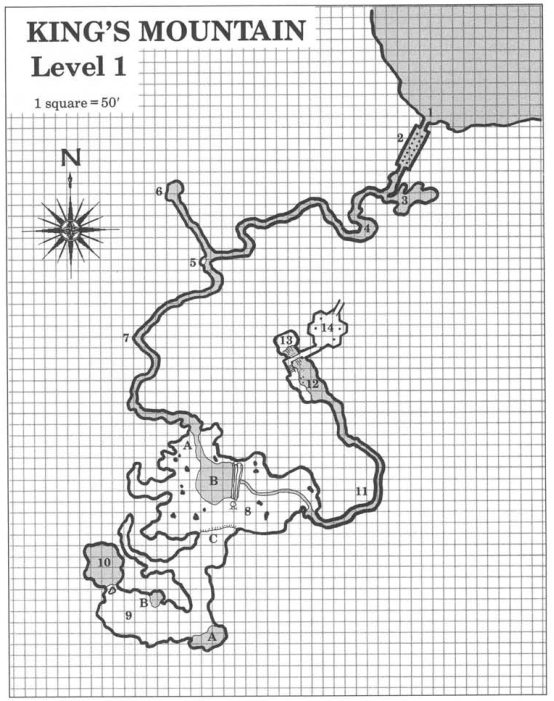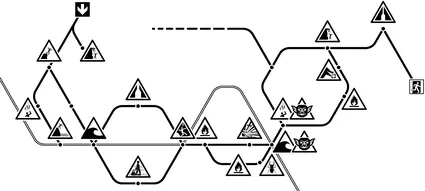
Dungeons Need More Space
- Malin Freeborn
- April 23, 2023
The dungeon ecosystem doesn’t make a whole lot of sense, but I think Tolkien has a fix.
Wandering Monsters Don’t Make Sense
I love the formula. In the cold depths, something approaches, and it wants to eat you.
Deep underground, you tread carefully, then stop as you hear heavy footsteps. Or perhaps those aren’t feet?
Add this to an existing dungeon, and elements quickly tie together. Perhaps player lure the monster into that death-gaze statue. Or perhaps they flee from a giant umberhulk, and stop just before a pit-trap and have to think quickly!
However, most dungeons cover too small an area to house various wandering monsters without them bumping into each other. If the PCs arrived today, the umberhulk really should have eaten that phase spider some time ago.
The smaller areas also don’t leave much room to be quiet. Take any map, and think realistically about how far someone could shout. In most maps I recall, half the map lies in earshot once someone shouts, and perhaps more if anyone starts a fight.
Moria & The London Underground
This never happened to Tolkien. He made his dungeon massive, so people could realistically wander, encounter a golem, and wander some more.
What we need here isn’t a mega-dungeon of tiny rooms, but an abstract map, like the London Underground, showing how to get from A to B. The underground wandering monsters can then move freely, just like creatures in the woods.
┌──────────┐ ┌───────────┐ ┌───────────┐ Legend
│ slime │ 1 mile │ goblin │ │ prisoners │ ======
│ path │ <═════════ │ warren │ ────────> │ │ '║' = long tunnel
└──────────┘ └───────────┘ └───────────┘ '│' = connecting area
║ ∧
║ 1 mile ║ 1 mile
∨ ║
┌──────────┐ ┌───────────┐ ┌───────────┐ ┌─────────┐ ┌──────────┐
│ forest │ 3 miles │ fungal │ 1 mile │ dwarven │ 1 Mile │ gnomish │ │ sunlight │
│ entrance │ ═════════> │ garden │ ════════> │ fort │ ════════> │ warren │ ──> │ │
└──────────┘ └───────────┘ └───────────┘ └─────────┘ └──────────┘
║
║ 2 miles
∨
┌───────────┐
│ Underdark │
└───────────┘
Here, our umberhulk has room to run about, shouting its spiracles out, without eating everything in all the rooms - because we don’t have any rooms. We might create a more detailed map for the goblin warren, or just leave this as two rooms with a 10 metre diameter each.
We still have ample space for traps, especially around entrance to new areas, and even in random passages.
Here, the dungeon can breath.
Multiple Layers
The example in Dungeon Magazine, Issue 30, shows multiple maps at multiple scales. By providing these mini-maps, it gives the same level of details as any other, and the main map only requires a few curved lines.

PS: It’s been two years since I wrote this, and now the Goblin Hole module as a massive amount of space and a metro-style map.

